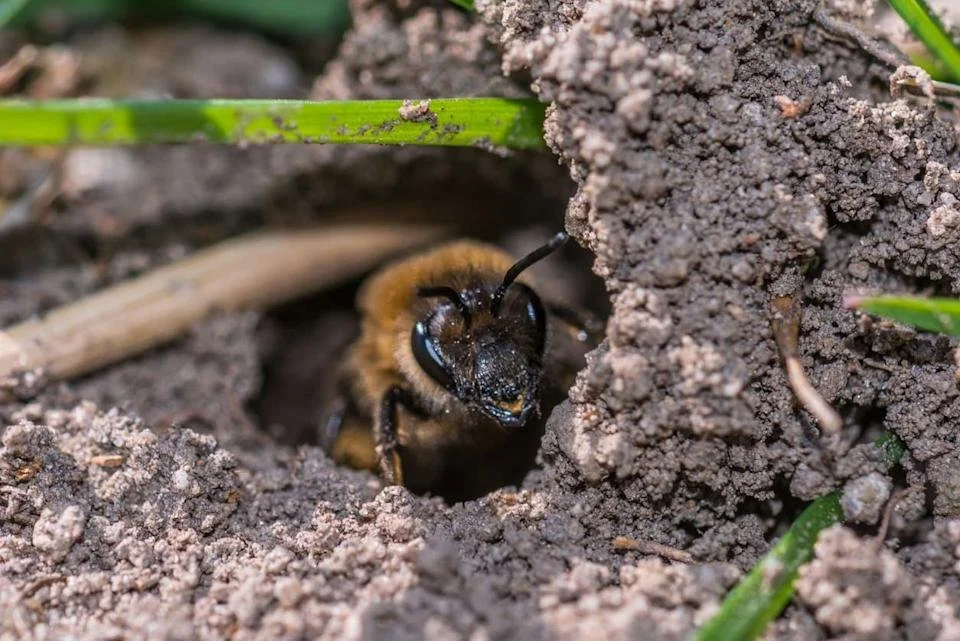Why Weed Cloth and Black Garden Plastic Are a Waste of Money—and Harmful to Your Garden
Walk into almost any garden center, and you’ll see rolls of “weed barrier” cloth or black plastic sold as foolproof solutions for a weed-free garden. The pitch is tempting: lay it down, cover it with mulch or gravel, and weeds will magically disappear.
But here’s the truth: weed cloth and black plastic don’t live up to the promise. In fact, they often make things worse—and come with hidden environmental costs.
Let’s dig into why these products aren’t the long-term solution they claim to be—and what to use instead.
🌱 The False Promise of a "Weed-Free" Garden
Weed cloth seems like an easy fix, but here’s what happens over time:
Weeds still grow: Windblown seeds and debris settle on top of the fabric. Eventually, a layer of soil and organic matter builds up—and guess what? That’s the perfect environment for weeds to root on top of the barrier.
Root entrapment: Many desirable plants send roots down through the cloth and become entangled. This makes removal or transplanting a nightmare and can choke plant growth.
Mulch slides off: Mulch doesn’t stay put on synthetic fabric or plastic. It slides around, exposing the barrier—and killing the garden aesthetic you worked hard for.
🚫 Environmental Harm
Weed cloth and black plastic are often made of non-biodegradable polypropylene or polyethylene. Here’s why that’s a problem:
They don’t break down: These materials persist in soil for decades, fragmenting into microplastics that pollute ecosystems.
Soil suffocation: Healthy soil is alive—with microorganisms, fungi, and insects working to support your plants. Weed cloth cuts off air and water exchange, slowly killing the living layer beneath it.
Heat buildup: Black plastic especially can overheat soil, harming plant roots and beneficial microbes.
🐝 It’s Bad News for Pollinators and Wildlife, Too
Weed barriers eliminate bare soil patches where native bees might nest, and they block ground-dwelling insects from moving through the landscape. Birds and small mammals, too, rely on access to the soil and the life it contains. Synthetic covers disrupt that whole system.
✅ What to Do Instead
If you’re trying to reduce weeds and support a healthy landscape, here are better, sustainable options:
Sheet mulching: Use layers of cardboard or newspaper (free of glossy ink), topped with 3–4 inches of organic mulch. This suppresses weeds, breaks down over time, and improves your soil.
Plant densely: A thriving garden with healthy groundcover shades out weed seeds before they get a chance to germinate.
Use living mulch: Low-growing native plants like Packera aurea, Fragaria virginiana, or Carex species can form a green carpet that naturally prevents weeds.
Weed smarter, not harder: Regular maintenance and hand weeding might not sound glamorous, but it’s often more effective—and satisfying—than fighting with synthetic barriers.
🌎 Choose Healthier Habits for a Healthier Garden
The idea that we need synthetic materials to control nature is outdated—and damaging. When we work with natural systems instead of against them, the result is a resilient, beautiful garden that supports life above and below the surface.
So skip the weed cloth and plastic. Your soil (and the planet) will thank you.



